|
In a large bowl, mix ½ ounce fresh yeast with ¾ cup lukewarm water and allow it to sit for 5 or 6 minutes. |
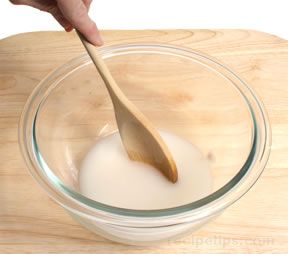
|
| In a medium bowl, blend 2¼ cups bread flour or all-purpose flour and 1 teaspoon salt. |
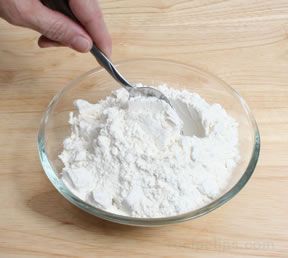 |
| After the yeast has sat for the appropriate time, add 2 teaspoons of extra-virgin olive oil and stir. |
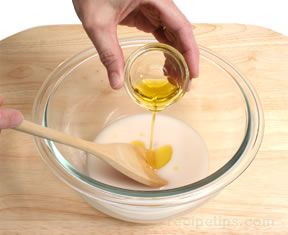 |
| In small increments, stir the flour and salt into the yeast and olive oil mixture (use a wooden spoon for mixing). |
 |
| Knead the dough in the bowl with a wooden spoon until it is soft. |
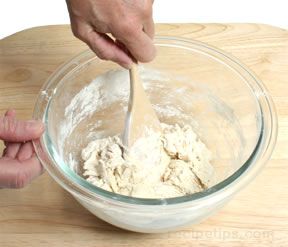 |
| Knead the dough on a floured surface for several minutes until it is smooth and elastic. |
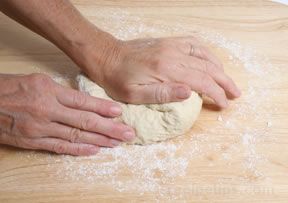 |
| Place the dough in an oiled bowl, cover it with oiled plastic wrap, and allow it to rise for 50 to 60 minutes or until doubled in size. |
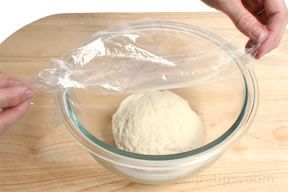 |
| After the dough has risen, punch it down and transfer it to a floured surface. |
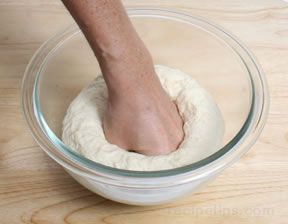 |
| Divide the dough into 6 pieces and form the pieces into balls. Allow the balls of dough to rest for 5 minutes on the floured surface. |
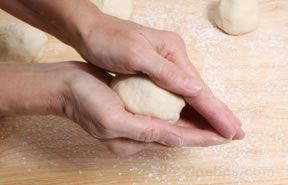 |
| Flatten the dough balls with a rolling pin. Form the dough into rounds or ovals about ¼-inch thick. |
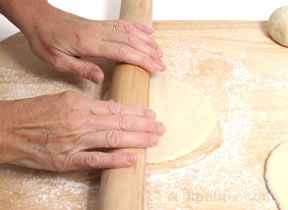 |
| Cover the dough with oiled plastic wrap and proof it for 30 minutes. |
 |
| In a preheated 450ºF oven, preheat two baking sheets. It is very important that the oven and baking sheets be heated thoroughly before baking the bread. The hot temperature prevents the dough from sticking to the ungreased baking sheets. Traditionally, the bread was cooked in hot clay ovens that held heat for long periods. |
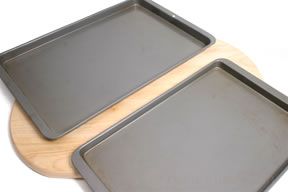 |
| When the baking sheets are hot, place three of pitas on each, return to the oven, and bake until the bread is puffed up (about 5 or 6 minutes). The breads will be barely browned. Cool the bread on a wire rack. |
 |
| A pocket will form in the bread as the dough puffs up during the baking process. |
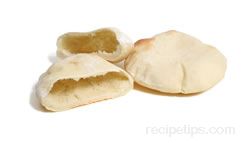 |

